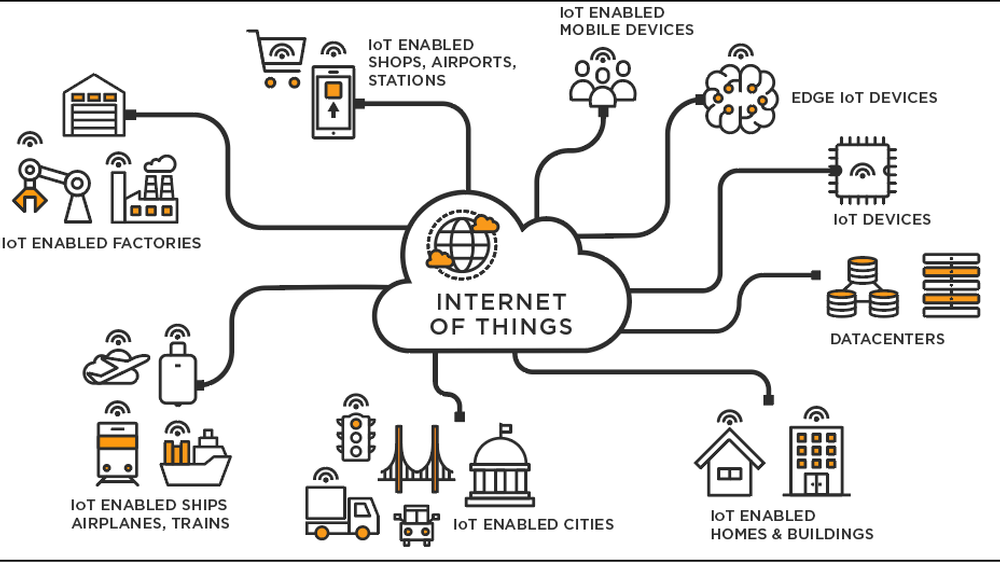Understanding the Internet of Things (IoT) and How it Works
- Loxicom
Categories: Home Automation Home Automation Company IT Services Company Loxicom Networking Services PC Management Smart Alarms Smart Home Networking smart tv software

By: Shawn Chambers
IoT, or the Internet of Things, is a network of interconnected devices that are capable of collecting, exchanging and analyzing data without human intervention. These gadgets are equipped with sensors, software and other technologies which enable them to interact with one another as well as other internet-connected gadgets.
IoT technology works by connecting devices and sensors to the internet, enabling them to collect and share data in real-time. This data can then be analyzed for insights and informed decisions. For instance, a smart thermostat might use sensors to monitor temperature and humidity levels inside a room before automatically adjusting them according to comfort needs or energy efficiency objectives.
IoT devices are connected to the internet through various technologies like Wi-Fi, Bluetooth and cellular networks. Generally, they are managed through a central hub or platform which enables users to monitor and control them remotely.
One of the greatest advantages of IoT is its capacity for automation and efficiency. A smart factory could use IoT sensors to monitor equipment and alert when maintenance needs to be done, allowing technicians to address minor problems before they become major ones.
IoT holds the potential to open up new business opportunities and generate income streams, particularly in healthcare, transportation, and smart cities. For instance, sensors connected to IoT could monitor traffic in urban areas in order to reduce congestion or track patient data at hospitals for personalized healthcare.
However, IoT also presents data privacy and security challenges due to the vast amount of data collected by these devices that could potentially be vulnerable to hacking or other security breaches. As this technology continues to gain momentum, manufacturers and users must take steps to protect sensitive information in order to guarantee privacy and security for all.
In conclusion, IoT is a network of interconnected devices that can collect and share data in real-time, offering the potential for automation, improved efficiency, and new business opportunities. While some might worry about data privacy or security risks associated with IoT, its advantages make it an exciting and transformative technology for the future.